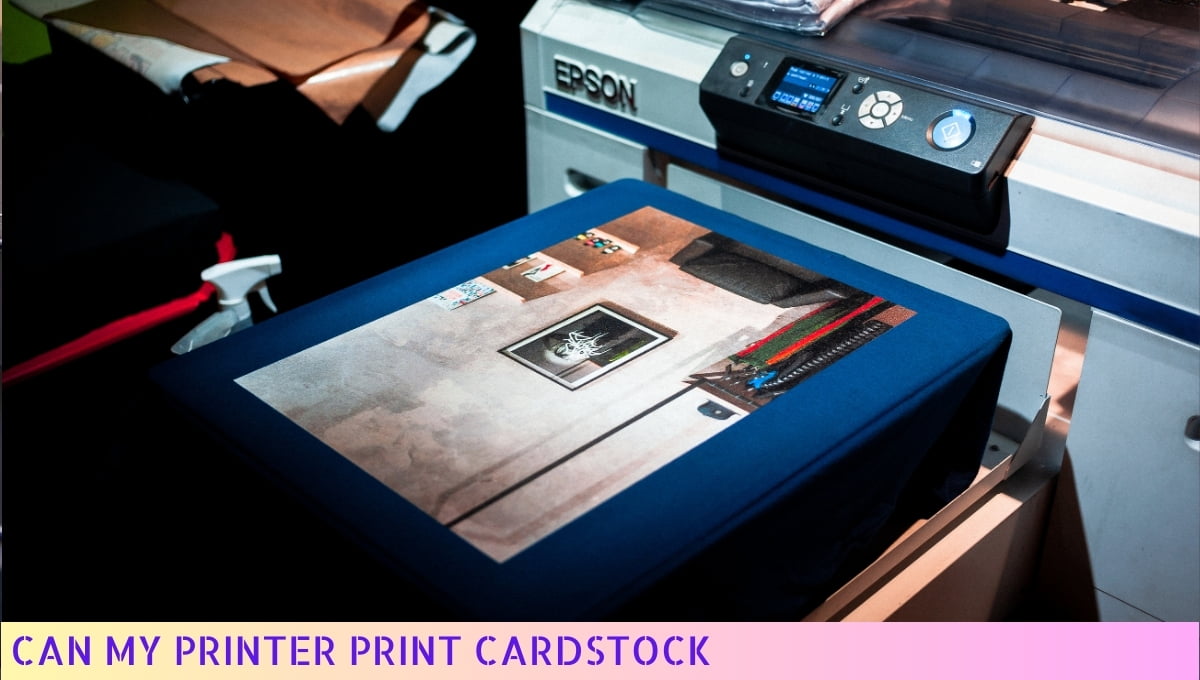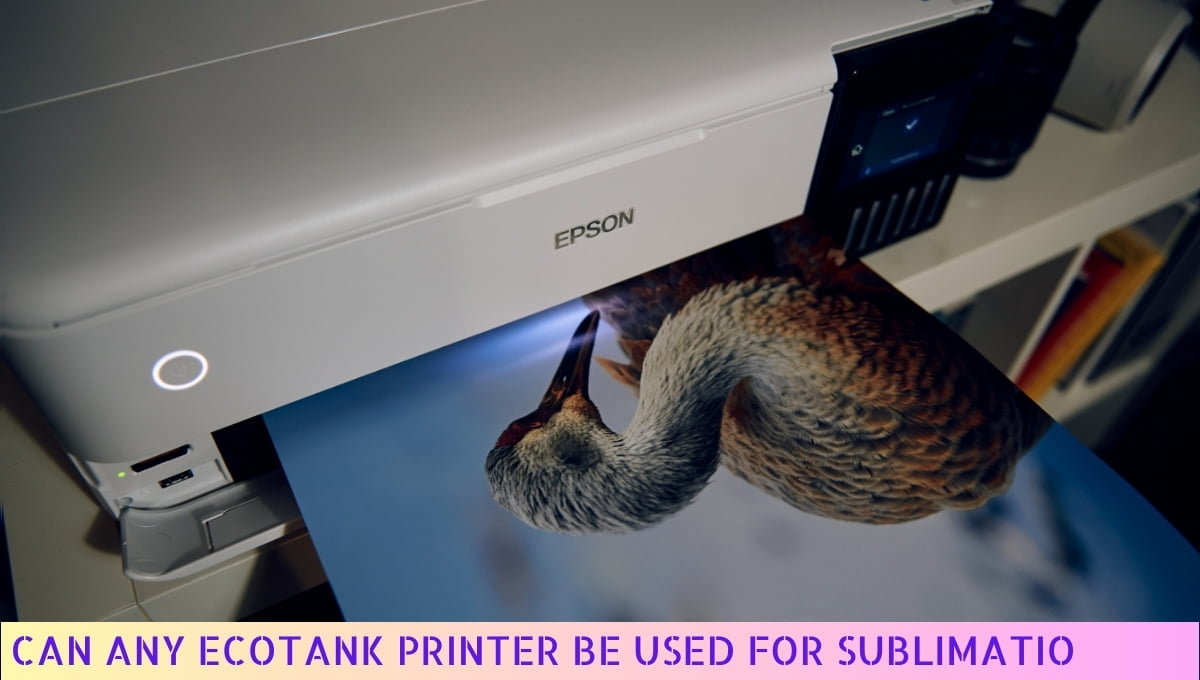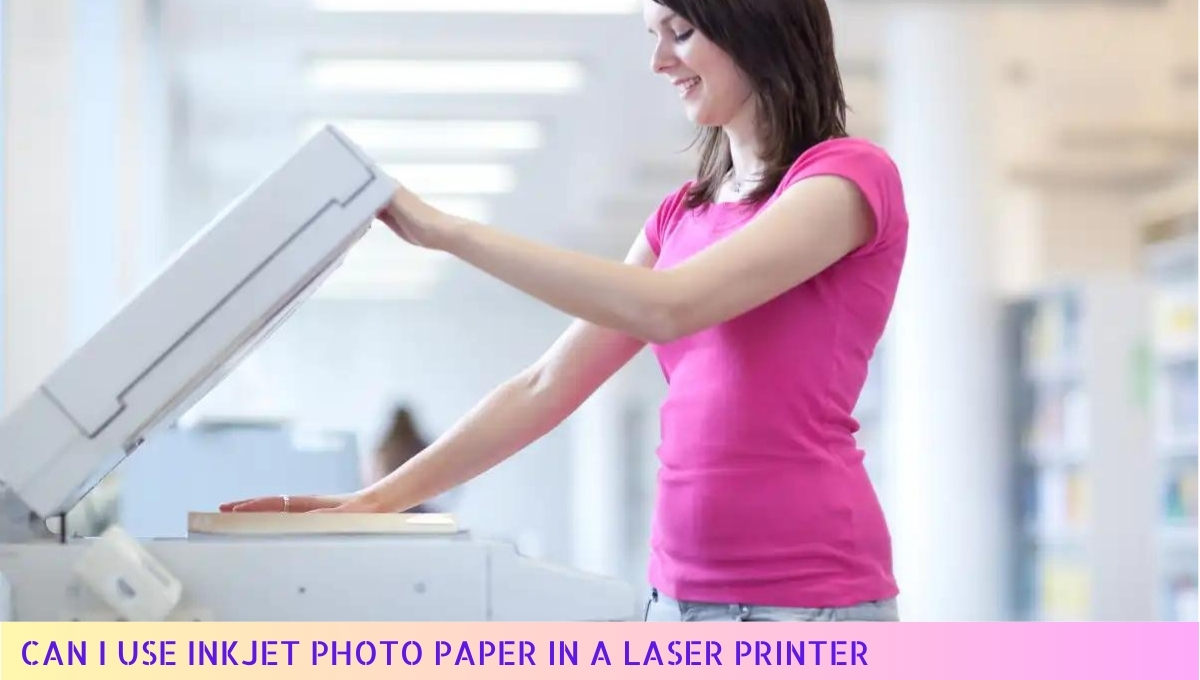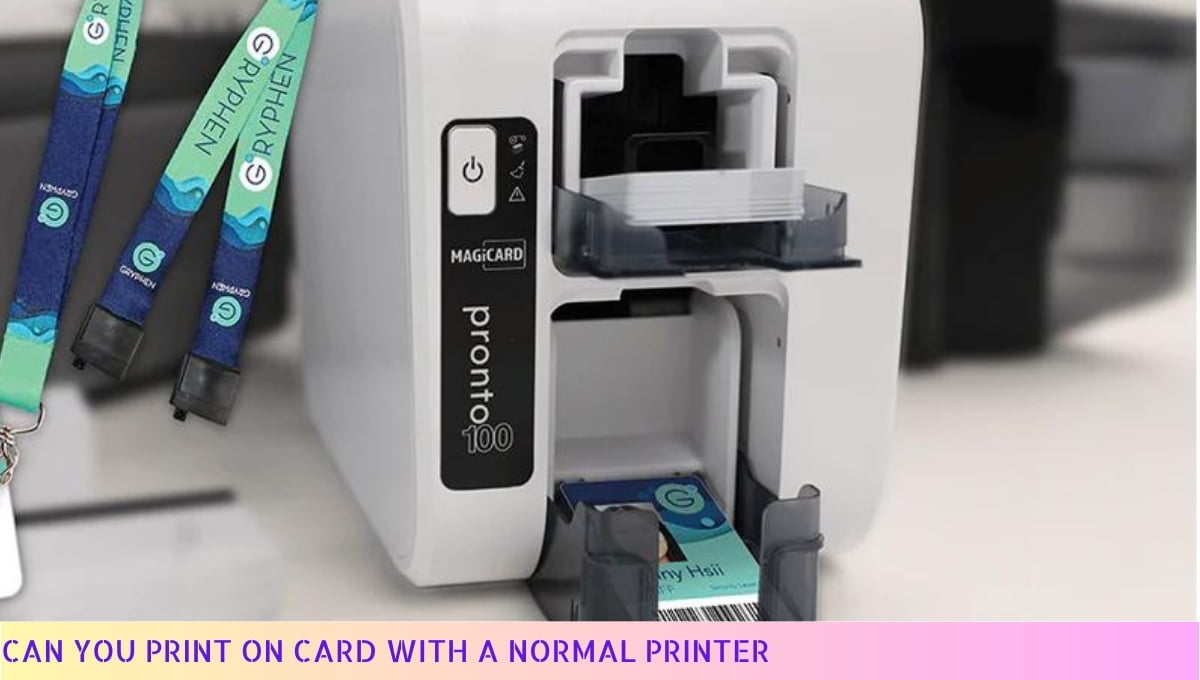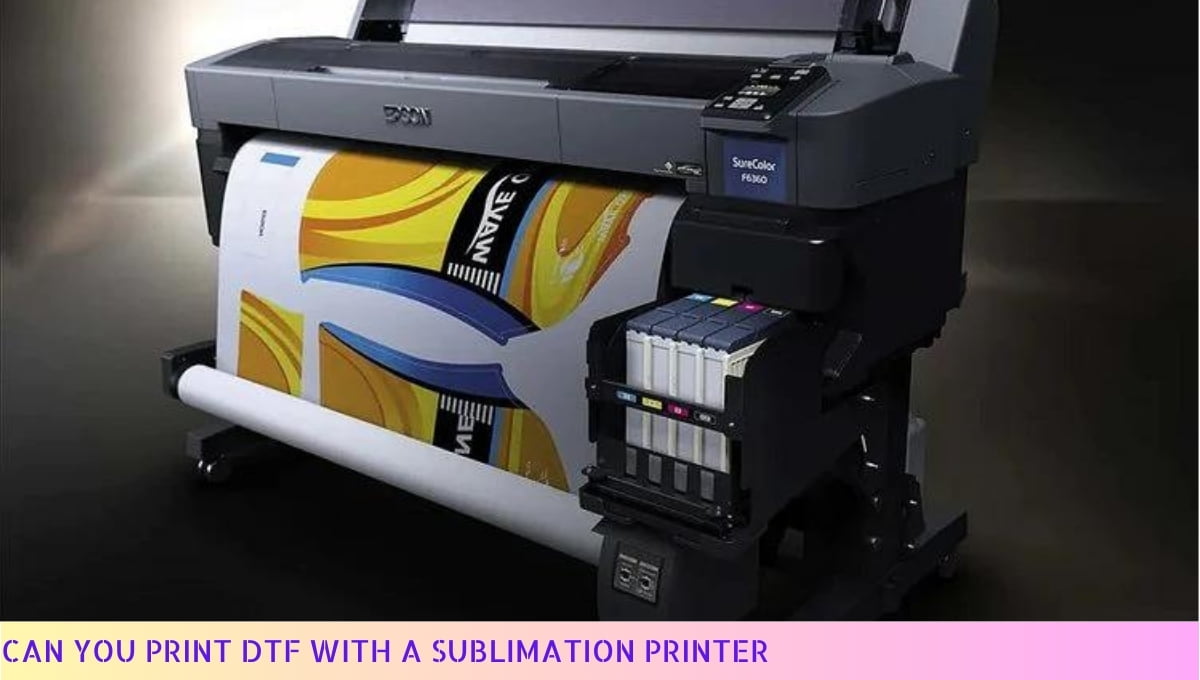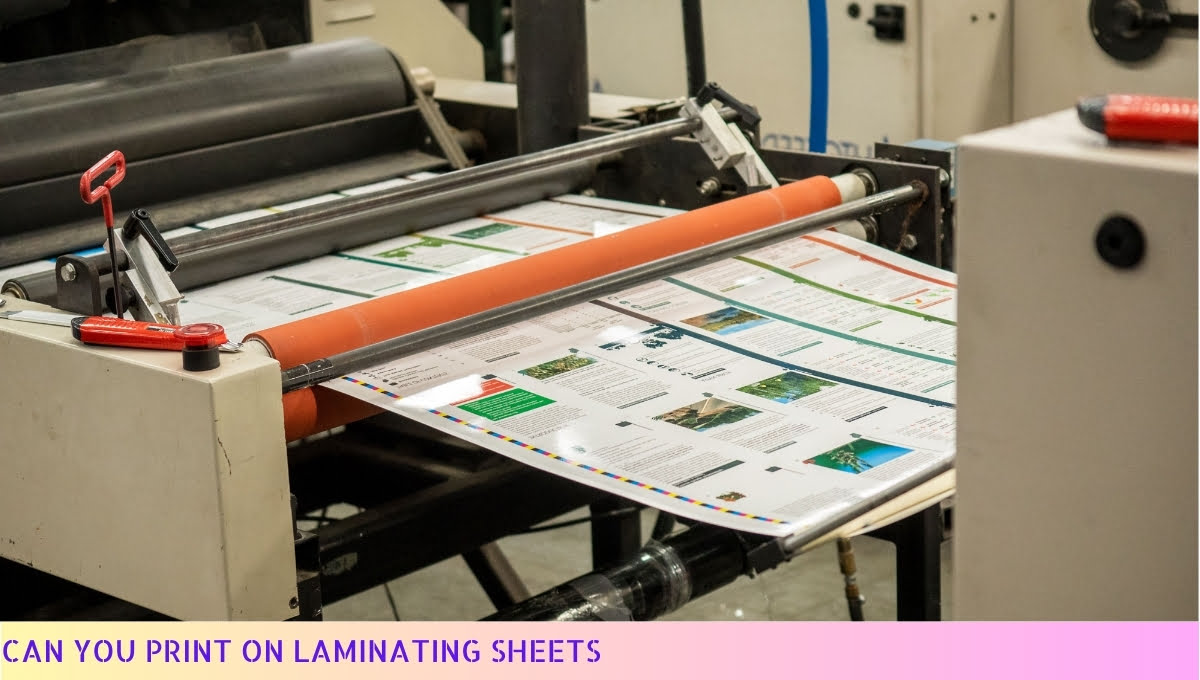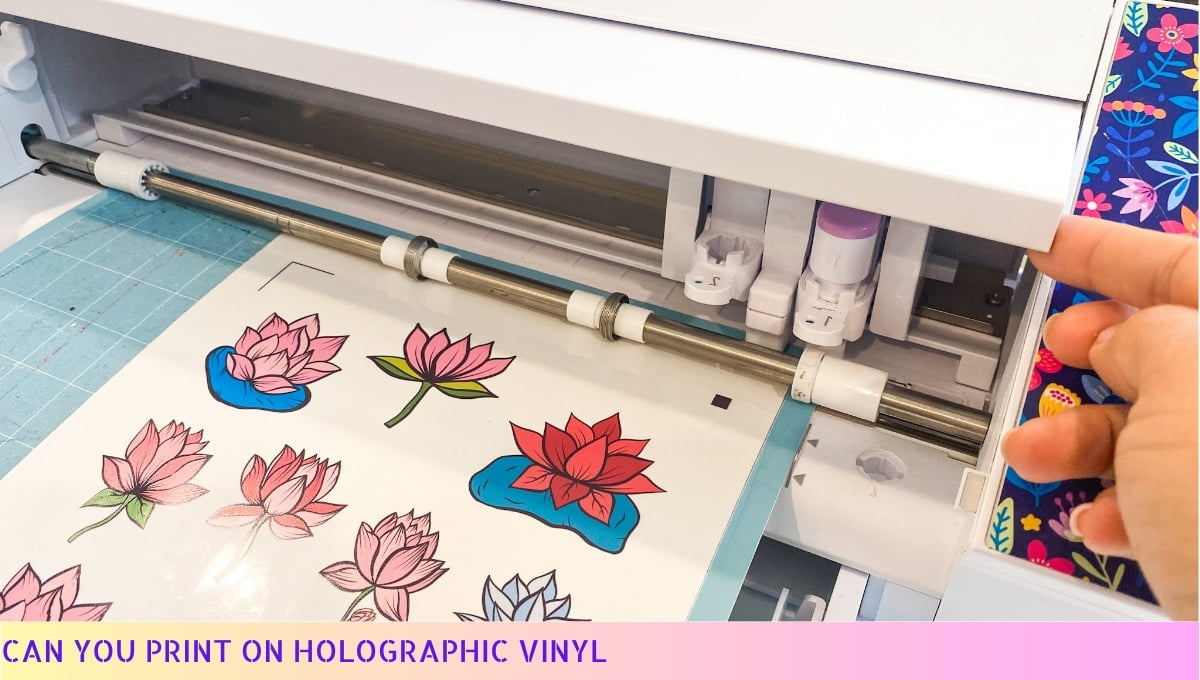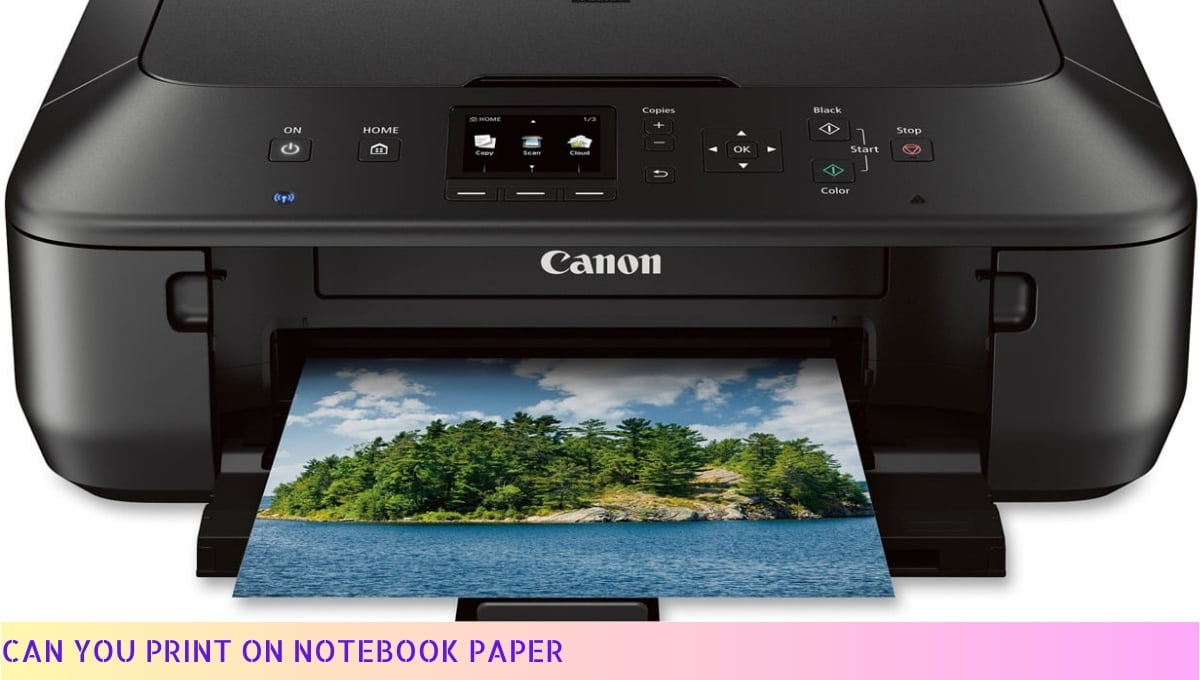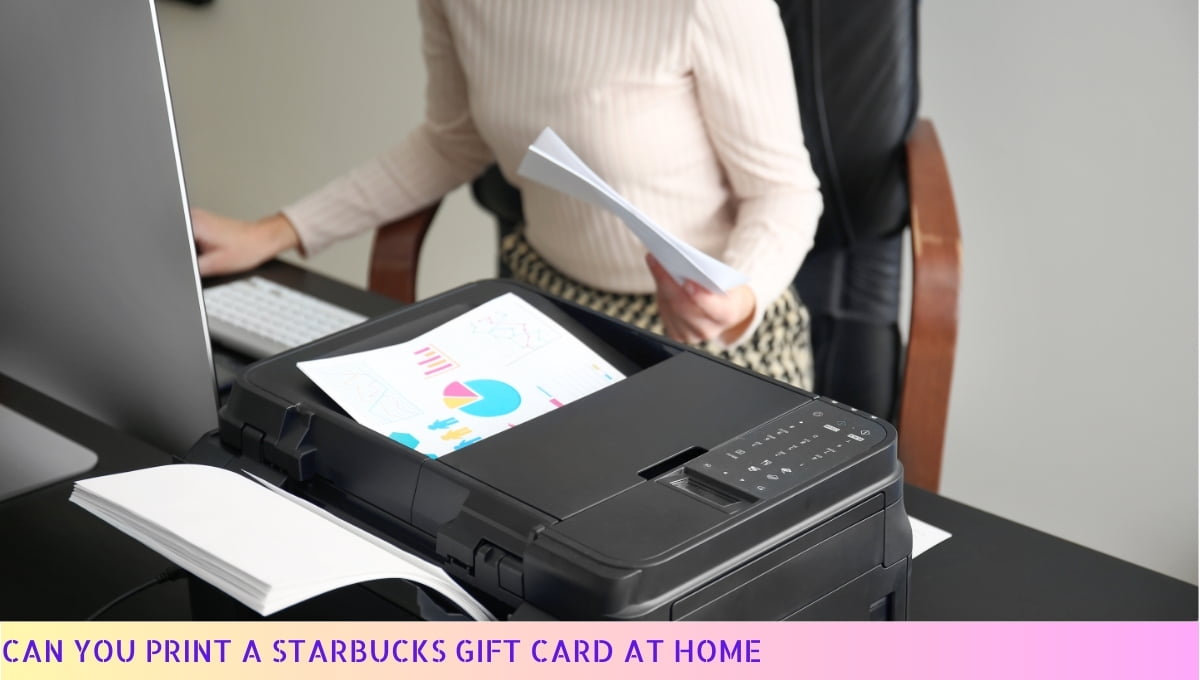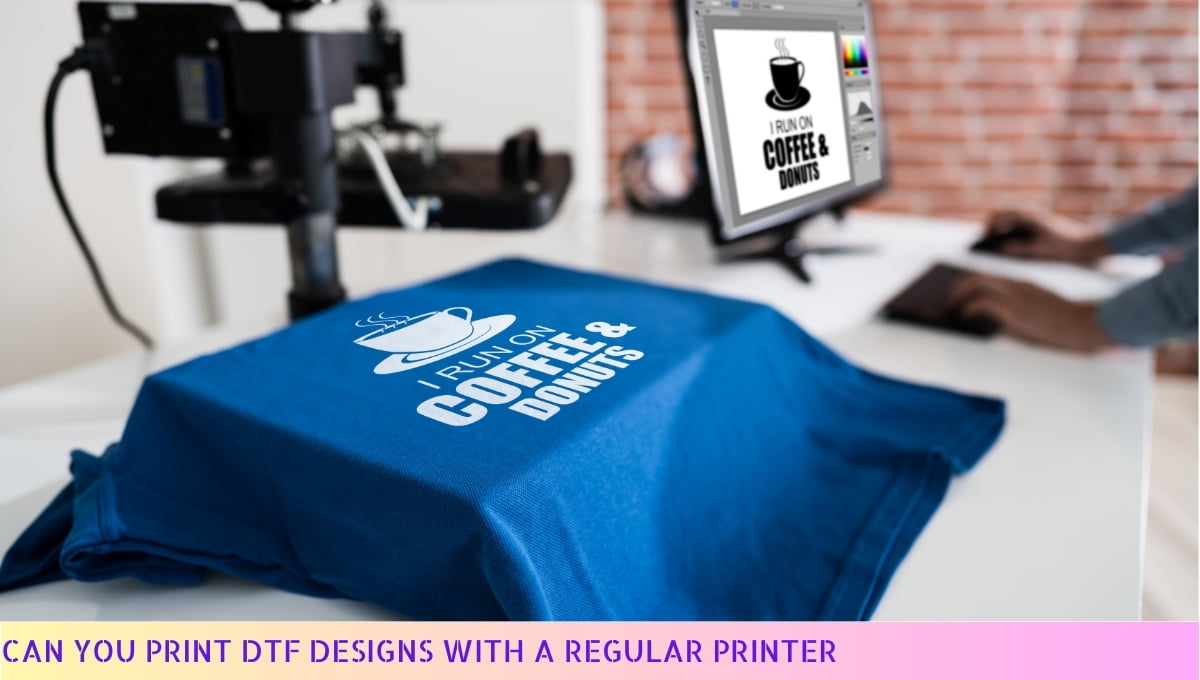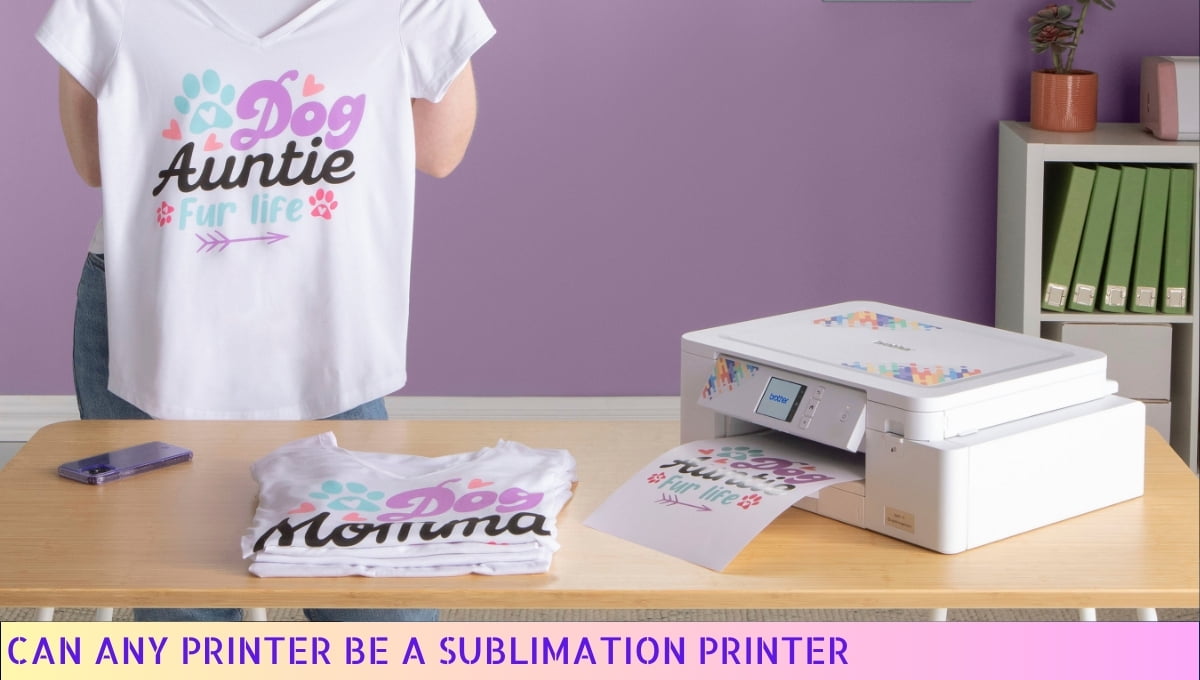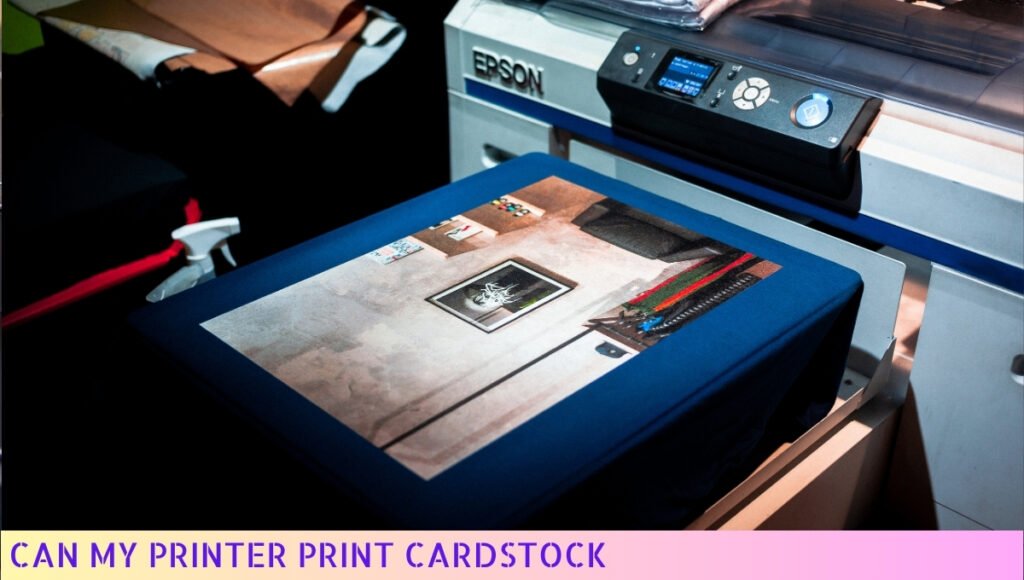
Yes, most printers can print on cardstock. Cardstock is a heavier and thicker type of paper, usually used for making greeting cards, invitations, or business cards.
However, it is important to check the specifications of your printer to ensure it can handle cardstock thickness and weight. Some printers may have limitations on the maximum weight or thickness of paper they can handle.
It is recommended to consult the printer’s manual or contact the manufacturer for specific guidelines on printing on cardstock.
I. Benefits of Printing on Cardstock

When it comes to printing, there’s no denying that cardstock is a game-changer. It’s a heavyweight paper that offers a multitude of benefits for all your printing needs. Let me delve into the reasons why printing on cardstock is a fantastic choice.
First and foremost, cardstock provides a professional and polished look to your printed materials. Whether you’re creating business cards, invitations, or flyers, cardstock adds a touch of elegance and durability that regular paper simply can’t match.
The thickness and sturdiness of cardstock make it stand out from the crowd, leaving a lasting impression on anyone who receives your printed materials.
Not only does cardstock look impressive, but it also feels great to the touch. The weight and texture of cardstock give your prints a premium quality that exudes professionalism.
When you hand out a business card or send out an invitation printed on cardstock, people will instantly notice the difference and appreciate the attention to detail.
Another advantage of printing on cardstock is its versatility. Cardstock comes in various colors, finishes, and sizes, allowing you to get creative and customize your prints to suit your specific needs.
Whether you want a matte or glossy finish, a vibrant or muted color, or a standard or custom size, cardstock has got you covered. This flexibility allows you to bring your vision to life and make your prints truly unique.
In addition to its aesthetic appeal, cardstock offers practical benefits as well. It is more durable than regular paper, making it resistant to creases, tears, and smudges.
This durability ensures that your prints will withstand the test of time, whether they’re being handled frequently or stored for future reference.
So, you can rest easy knowing that your important information or cherished memories will be preserved on sturdy cardstock.
Now that we’ve covered the many benefits of printing on cardstock, let’s talk about a few factors to consider when choosing the right cardstock for your printing needs. But that’s a story for another time.
II. Factors to Consider When Printing on Cardstock
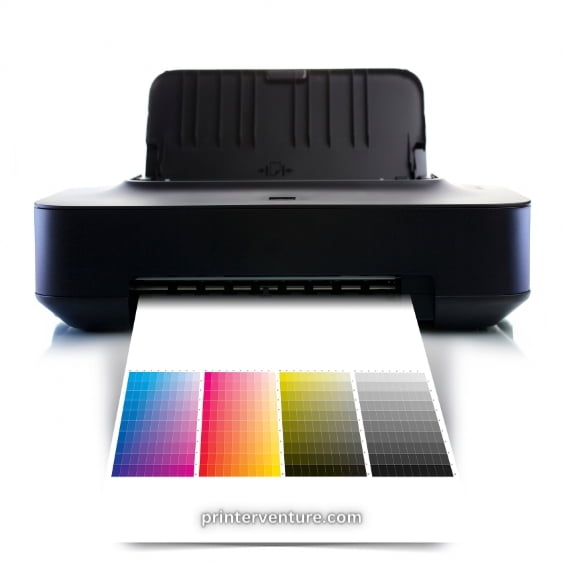
When it comes to printing on cardstock, there are a few factors you need to consider. This sturdy and versatile paper can enhance the quality of your prints, but it’s important to keep a few things in mind to ensure the best results.
So, let’s dive right in and explore the key factors:
- Paper Weight: The weight of the cardstock plays a crucial role in determining its suitability for printing. Cardstock typically comes in various weights, measured in pounds (lbs) or grams per square meter (gsm). Heavier weights, such as 80 lbs or 200 gsm, are more suitable for professional prints or projects that require durability.
- Printer Compatibility: Not all printers are designed to handle cardstock. Before printing, make sure your printer supports cardstock and can accommodate the weight and thickness you plan to use. Consult your printer’s manual or manufacturer’s website for specifications regarding cardstock compatibility.
- Ink Compatibility: Different types of ink may react differently with cardstock. It’s important to ensure that the ink you are using is compatible with the cardstock you have selected. Certain inks may smudge or take longer to dry on cardstock, so it’s worth testing a small sample print before committing to a large print job.
- Surface Finish: Cardstock comes in various surface finishes, such as matte, glossy, or textured. The surface finish can affect the appearance and feel of your prints. Consider the desired look and feel of your project when selecting the appropriate surface finish for your cardstock.
- Color Considerations: Cardstock is available in a range of colors, including white, ivory, pastels, and vibrant shades. When choosing cardstock for printing, consider the color of your design or artwork. Lighter colors may appear more vivid on darker cardstock, while darker colors may stand out more on lighter cardstock.
- Printer Settings: Adjusting your printer settings is crucial when printing on cardstock. Optimize the print settings for cardstock by selecting the appropriate paper type and thickness options in your printer settings. This ensures that the ink is applied correctly and that the paper feeds smoothly through the printer.
By taking these factors into account, you can achieve exceptional prints on cardstock that meet your specific needs and preferences. So, go ahead and unleash your creativity on this fantastic paper!
III. Factors to Consider When Printings on Cardstock
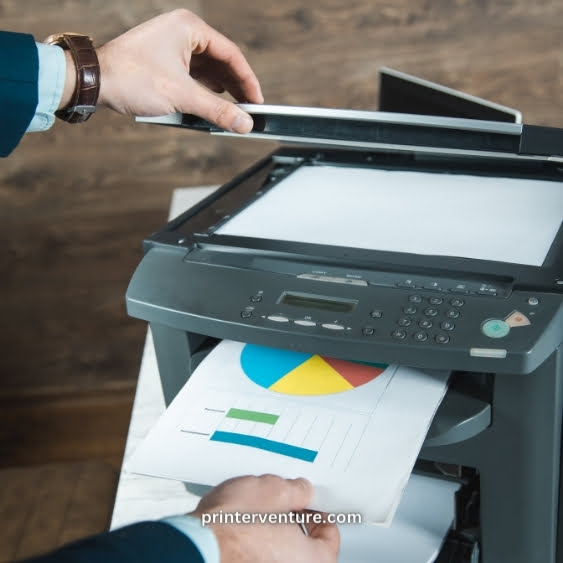
When printing on cardstock, there are several important factors to keep in mind. By considering these factors, you can ensure that your printing process goes smoothly and that you achieve the desired results.
Let’s take a closer look at what you need to consider:
- Cardstock Weight: The weight of the cardstock plays a crucial role in determining its printability. Different printers have specific weight limits, so it’s essential to check the printer’s specifications and make sure it can handle the weight of the cardstock you intend to use. Using cardstock that is too heavy for your printer can lead to paper jams or poor print quality.
- Printer Settings: Adjusting the printer settings is vital to ensure optimal printing on cardstock. Most printers offer specific settings for cardstock, allowing you to select the appropriate paper type and thickness. These settings help the printer to adjust its feeding mechanism and ink application, resulting in better print quality and reduced chances of paper jams.
- Ink Compatibility: Not all printers are compatible with all types of ink. Some printers may not work well with certain ink types, such as pigment inks or specialty inks. Before printing on cardstock, make sure to check the ink compatibility of your printer. Using incompatible inks can lead to smudging, bleeding, or fading of the printed text or images.
- Cardstock Texture: The texture of the cardstock can impact the print quality and appearance. Smooth cardstock generally produces sharper and more vibrant prints compared to textured cardstock. However, if you prefer a more rustic or artistic look, textured cardstock may be the better choice. Consider the intended use of your printed materials and select the appropriate cardstock texture accordingly.
- Printing Design: The complexity of your printing design should also be taken into account. Intricate designs or graphics with fine details may require a higher print resolution and more precise printing capabilities. Ensure that your printer can handle the level of detail you require for your cardstock printing projects.
- Printer Maintenance: Regular maintenance of your printer is crucial for consistent print quality. Clean the printer regularly, remove any accumulated dust or debris, and ensure that the rollers and feed mechanisms are in good condition. Proper maintenance helps prevent paper jams and ensures that your printer operates smoothly when printing on cardstock.
By considering these factors and taking the necessary precautions, you can achieve excellent print results when using cardstock.
Remember to always check your printer’s specifications, adjust the settings accordingly, and select the appropriate cardstock weight and texture for your printing needs.
IV. Tips for Printing on Cardstock
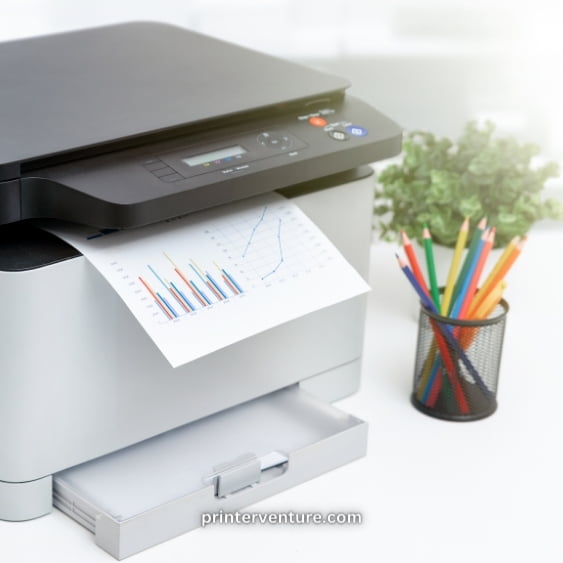
Printing on cardstock can be a bit trickier than regular paper, but fear not! I’ve got some tips and tricks up my sleeve to help you get those perfect prints on your sturdy cardstock. So, let’s get started, shall we?
- Choose the right printer: Not all printers are created equal when it comes to handling cardstock. Look for a printer that specifically mentions cardstock compatibility in its specifications. This ensures that the printer is equipped to handle the thickness and weight of cardstock without causing any paper jams or damage.
- Adjust your printer settings: Before hitting that print button, take a moment to tweak your printer settings. Opt for the “Cardstock” or “Heavy Paper” option, if available. This setting adjusts the printer’s speed and temperature to accommodate the thicker cardstock, resulting in crisp and clear prints.
- Feed the cardstock correctly: Pay attention to the printer’s manual or instructions on how to properly feed the cardstock into the printer. Most printers have a specific tray or slot designated for thicker paper. Make sure to load the cardstock neatly and align it properly to avoid any misprints or paper jams.
- Consider using a straight paper path: Some printers offer a straight paper path option, which allows the cardstock to travel through the printer without any bending or curling. This can help maintain the integrity of your cardstock and prevent any unwanted smudging or smearing.
- Allow for drying time: Cardstock tends to absorb ink differently compared to regular paper, so it may take a bit longer for the ink to fully dry. Be patient and give your prints some extra drying time before handling or stacking them to avoid any smudges or smears.
- Experiment with print quality: If you’re not satisfied with the print quality on your cardstock, don’t be afraid to experiment with different print settings. Try adjusting the print quality to a higher setting for crisper and more vibrant prints. Just keep in mind that higher-quality settings may use more ink.
- Test print before going all out: Before printing a large batch of important documents or invitations on your precious cardstock, it’s always a good idea to do a test print. This allows you to make any necessary adjustments and ensure that everything looks perfect before committing to the final print run.
Remember, practice makes perfect! Don’t be discouraged if your first few attempts at printing on cardstock don’t turn out exactly as planned.
With a little patience and these handy tips, you’ll soon be printing like a pro on your trusty cardstock. Happy printing!
Can My Printer Print Cardstock: Printing Cardstock – Frequently Asked Questions
1. Can my printer handle cardstock paper?
Yes, most printers can handle cardstock paper. However, it is important to check your printer’s specifications to ensure it supports the thickness and weight of the cardstock you intend to use.
2. What is the maximum cardstock weight my printer can handle?
The maximum cardstock weight that a printer can handle varies depending on the model. Check your printer’s manual or specifications to find the recommended weight range for cardstock.
3. Can I print on both sides of cardstock using my printer?
Some printers have duplex printing capabilities, allowing you to print on both sides of the cardstock. However, not all printers support this feature, so it is best to check your printer’s specifications.
4. Do I need to adjust any settings on my printer to print on cardstock?
Yes, you may need to adjust the settings on your printer to ensure optimal printing results on cardstock. Check your printer’s manual or online resources for instructions on how to set the appropriate paper type and thickness.
5. What is the maximum thickness of cardstock my printer can handle?
The maximum thickness of cardstock that a printer can handle varies. It is important to check your printer’s specifications to find the recommended maximum thickness before attempting to print on cardstock.
6. Can I use any type of cardstock with my printer?
While most printers can handle standard cardstock, it is recommended to use cardstock that is specifically designed for printing. This ensures better print quality and reduces the risk of paper jams or damage to your printer.
7. Will printing on cardstock affect the print quality?
Printing on cardstock can result in different print quality compared to regular paper. The thickness and texture of cardstock may affect the ink absorption and color vibrancy. It is advisable to do a test print before printing important documents.
8. Can I print photos on cardstock using my printer?
Yes, you can print photos on cardstock using a printer that supports photo printing. However, it is recommended to use photo-grade cardstock for optimal results.
9. Can I use my printer’s automatic document feeder (ADF) with cardstock?
Most printers’ automatic document feeders are not designed to handle thick cardstock. It is best to manually feed the cardstock into the printer to avoid potential damage to the ADF or paper jams.
10. Can I use cardstock with any printer brand?
Cardstock can generally be used with any printer brand, but it is important to check the specifications and recommendations for your specific printer model. Different printers may have different limitations and requirements for printing on cardstock.
Wrapping Up: Can My Printer Print Cardstock: Printing Cardstock
If you’re wondering whether your printer can handle cardstock, the answer is a resounding “yes!” Many modern printers are designed to handle a variety of paper types, including cardstock.
Just make sure to check your printer’s specifications to ensure it can handle the thickness and weight of the cardstock you plan to use.
With the right printer and settings, you’ll be able to print your own beautiful and professional-looking cards, invitations, and more.
So go ahead and unleash your creativity with cardstock printing!

